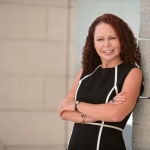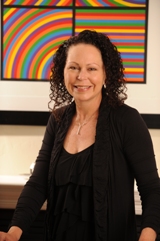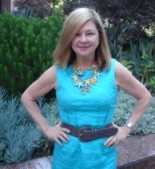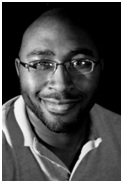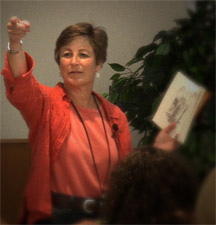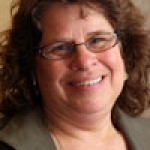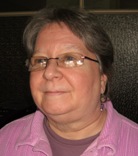 When I think of the Common Core State Standards (CCSS), I think of Martha Graham. I think of John Keats.
When I think of the Common Core State Standards (CCSS), I think of Martha Graham. I think of John Keats.
My imagination runs wild with images of fun, inspired, powerful learning experiences for kids. There is no doubt in my mind that this transition opens the door for new energy and greater opportunity to elevate the joyful practice and rigorous study of the arts in our classrooms across the nation.
It says something powerful to me that the authors of the Math and English Language Arts (ELA) standards often begin their explanations of the CCSS through art. Last month, for example, I savored several lovely minutes gazing at a sketch of a Grecian vase in a hotel ballroom packed with K–12 district academic administrators. This wasn’t a time-filler. It was the keynote speaker himself, Phil Daro, describing the major transitions in the Math Standards by invoking Keats’ “Ode to a Grecian Urn.”
Keats’ image and accompanying poem, the pinnacle of art meeting craft, he explained, conveys the major instructional shifts of the new Math Standards. As as he spoke, I couldn’t help but think of the ways in which Keats’ ekphrastic approach, the poetic representation of a painting or sculpture in words, mirrors the function of math in human endeavors, as the beautifully-crafted ten-line stanzas, quatrain and sestet, the lines explore the relationship between art and humanity.
Keats’ topic and craft also invoke CCSS-Math’s call for increased focus, coherence, and rigor in conceptual understanding, procedural skill, and application, academic skills. Indeed, many of these academic math skills, as arts educators well know, can also be taught and reinforced well through music, visual arts, and dance. Rhythm as fractions. Choreography as geometry. Math as art.
Similarly, I’ve enjoyed experiencing David Coleman launch into his wonderfully compelling elucidations of the new English Language Arts standards by asking educators in the room read aloud a short first-person narrative, often from some of the world’s greatest artists. I’ve heard him guide a room full of the wonkiest of wonks through Martha Graham’s “This I Believe” testimony from NPR.
Read More



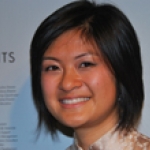
 Laura Ng
Laura Ng


 Victoria Plettner-Saunders
Victoria Plettner-Saunders

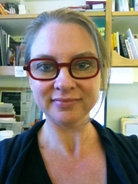 Jeanne Hoel
Jeanne Hoel
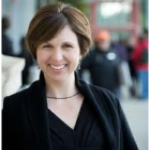
 When I think of the
When I think of the 
 Talia Gibas
Talia Gibas



 Laura Zucker
Laura Zucker
